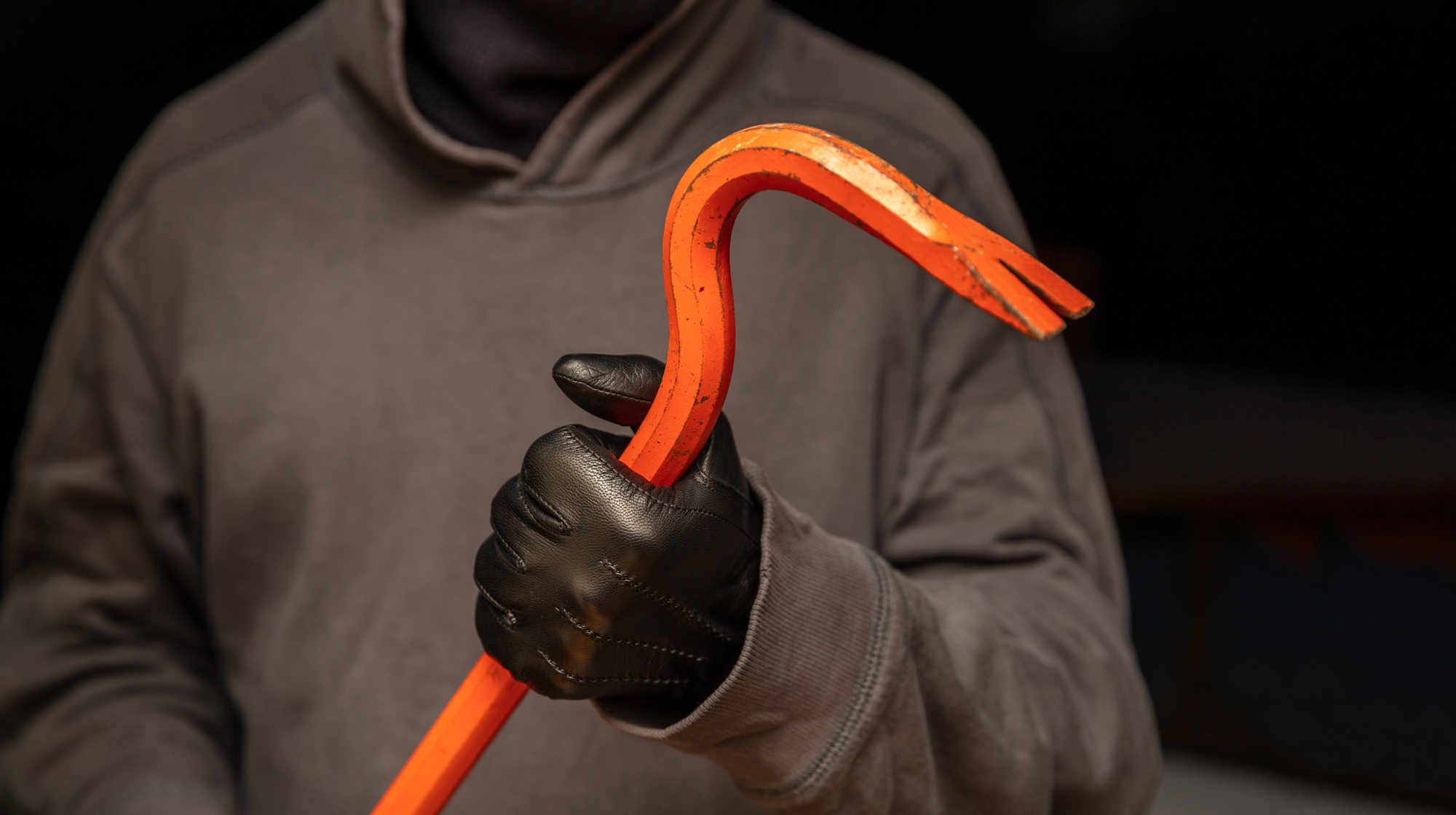Several telecom industry groups and operators gathered this week in St. Louis to discuss the threat of vandalism and theft to telecom infrastructure. The event, known as the Telecom Industry Summit: Protecting Critical Communications Infrastructure, was attended by representatives of Charter Communications, Verizon, AT&T, NCTA – The Internet & Television Association, USTelecom, CTIA, and the Wireless Infrastructure Association.
The conference discussed the nearly 6,000 reported intentional incidents of destruction recorded at communications infrastructure between June and December 2024, according to a report published last fall by USTelecom, NCTA, CTIA and WIA. Increasingly, utility poles, electric grids, EV charging stations, cellular towers and construction sites are being targeted for access to their copper and fiber. The incidents disrupted the communications of more than 1.5 million broadband and wireless customers.
“While vandalism and theft on communications networks are not new problems, the frequency of these incidents has steadily risen at a time when daily life increasingly requires reliable connectivity,” the report reads. “The disruption caused by these malicious acts impacts the public’s ability to access communications services, causing tangible harm, and making it imperative to prioritize vandalism and theft targeting these networks as a significant threat.”
Vandals most commonly target cabling hung on utility poles and cabling that comes down the pole to ground-based vaults or cabinets before it travels to customer homes. This often results in cuts to copper and fiber, aerial damage, ground copper damage, copper and cable theft, and damage to power cables/rectifiers.
The report emphasizes that securing the nation’s communications infrastructure requires a coordinated effort across industries, law enforcement and policymakers. Recommended actions included stronger state and local laws, increased law enforcement engagement, stricter scrap metal regulations and enhanced security by communications providers.









